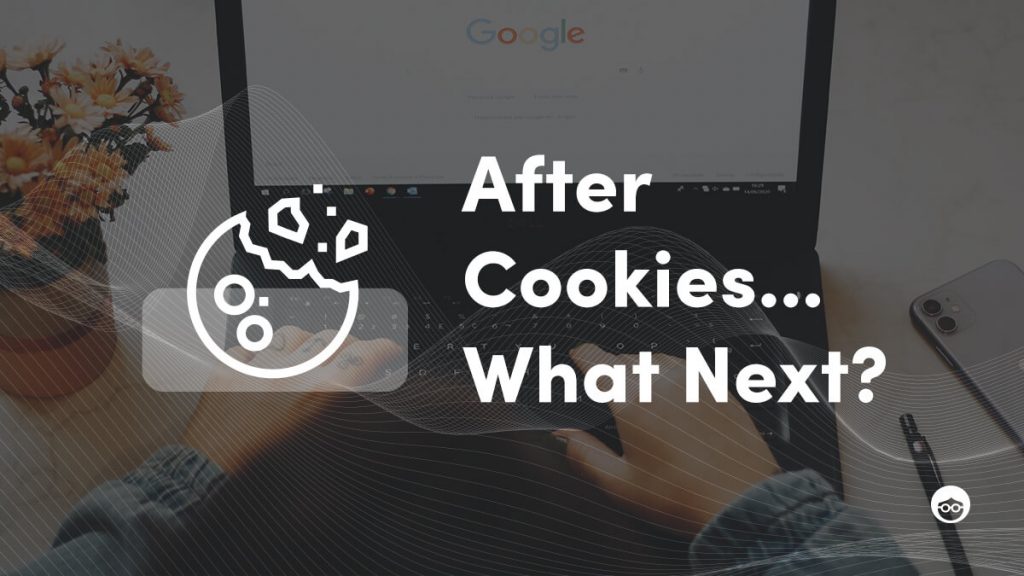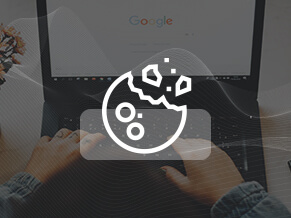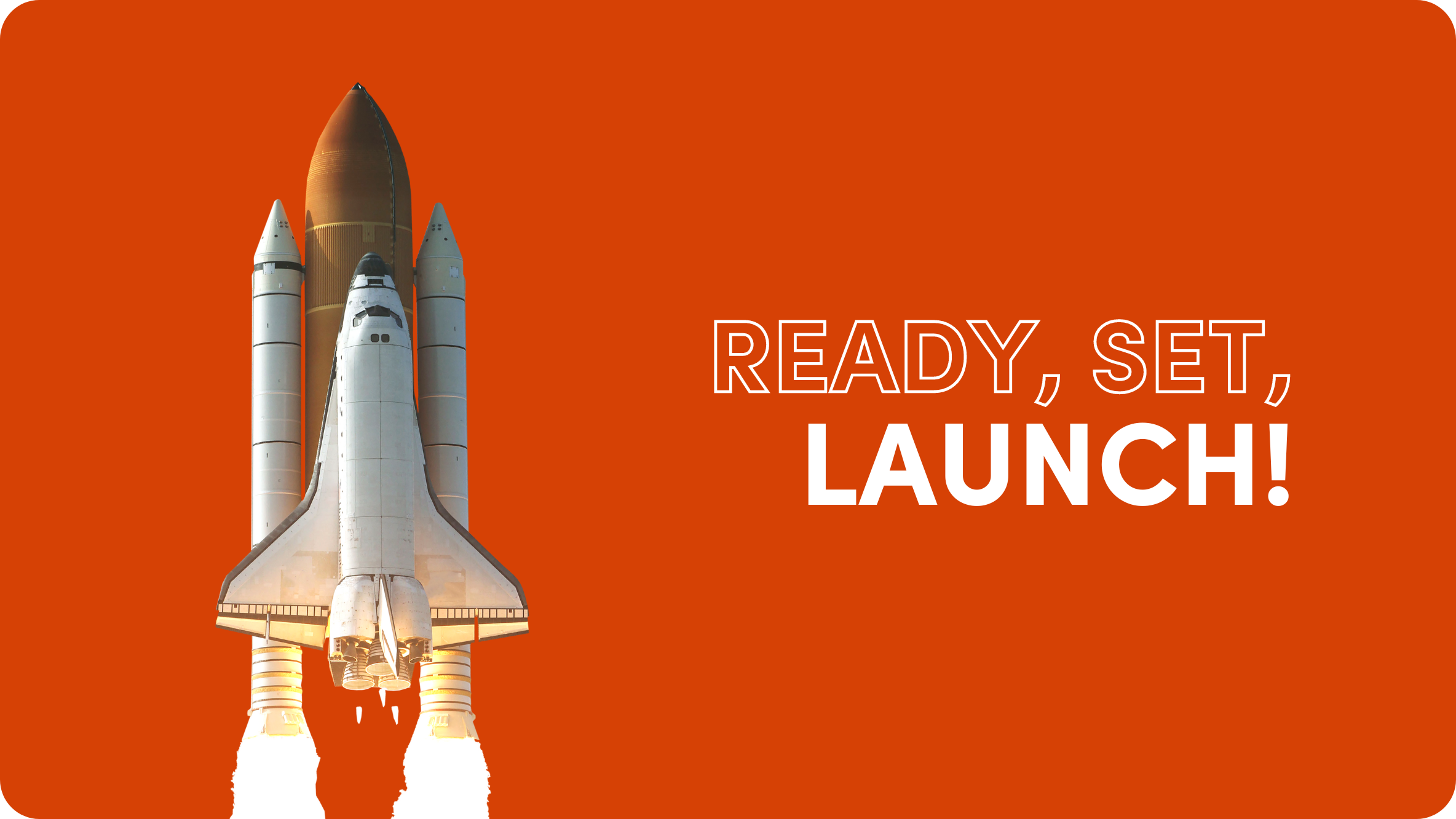What Will a World Without Cookies Mean for the Open Web? Outbrain’s Point of View

- The end of cookies doesn’t mean the end of personalization. At Outbrain, we’ve relied on contextual and interest-based signals for years, and are using this wealth of data to power better targeting for advertisers.
- A shift away from cookies will be positive for performance in the end: this will force platforms to lean more heavily on machine learning and automation to achieve goals. Outbrain’s newest automation tools are already delivering better results for advertisers without cookie-based attribution.
As much as we like to tout its powerful data and unparalleled precision, it’s clear that the digital advertising industry has needed better ways to reach audiences for quite some time.
As I wrote last year in Advertising Week 360, third-party cookies have underpinned opaque, and largely ineffective methods for understanding consumers and their interests for the last several years. Cookies serve many purposes on the open web, from tracking your shopping cart content, to personalizing your overall on-site experience. But the specific, overreaching practices that have utilized cookies to track users across the internet from one private location are going away (and have needed to).
As our industry evolves and progresses, so should our approach to personalization and privacy. But the initial reactions to Google’s SameSite announcement, and their intention to move away from user-based targeting entirely, have failed to recognize the opportunities these shifts give both consumers and advertisers.
Indeed, the industry is scrambling to find cookie alternatives. Outbrain has been ahead of the curve on this topic for over a decade. Simply put, our business has never been fully reliant on third-party cookies, and continues to thrive and grow. That’s why we’re excited to share our plans for the next wave of personalization and performance on the open web here.
That said, it’s fair to ask, what do these changes really mean for the future of digital advertising as a whole?
Does the end of cookies mean the end of personalization?
At Outbrain, we believe quite the opposite. Cookies were never meant to power the advanced targeting and personalization used by today’s marketers — they have relatively short lifespans, contain problematic personal data, and miss the bigger picture of who a consumer truly is.
In fact, we’ve found that targeting based on context and interest is a more effective way to build a scalable upper funnel. By ingesting and analyzing the billions of clicks and engagements that occur on the Outbrain publisher network, we’re able to better understand which marketer offerings our consumers will be most interested in.
Outbrain is now working to use our wealth of click-based data to forecast consumer demographics (age, gender, household income) based on the topics they express interest in.
This isn’t contextual targeting of the past – rather than assuming a consumer is “male” based on the one article they happen to have landed on, Outbrain builds a deeper understanding of audiences based on the content they read throughout the Outbrain network at various points of the day and week.
We’re able to do this because we’re one of the only platforms on the open web with code-on-page publisher relationships. This means that we exist as part of each publisher’s page property itself, and create our own proprietary data based on the engagement of consumers with our placements. This data is ingested and analyzed to create the Outbrain Interest Graph: a real-time pulse on the interests and consumption habits of 1 billion consumers per month.
This allows our advertisers to hyper-target campaigns to the most relevant articles and consumers, while keeping consumer privacy and experience at the forefront of their marketing efforts. We’ve seen an 40% increase in adoption of Outbrain interest targeting since just January.
Advanced contextual solutions won’t be the only way marketers reach audiences in the future. Marketers need better ways to personalize experiences across all of the platforms a consumer frequents, with privacy in mind. As referenced above, cookies haven’t been cutting it on this front for quite some time.
An alternative, anonymized identifier, such as the Unified ID or FloC, should allow marketers to achieve this more granular personalization without sacrificing user experience. Outbrain fully intends to participate in these industry initiatives to provide as many options as possible for our marketers.
Does the end of cookies mean the end of performance advertising?
You guessed it — Outbrain believes quite the opposite. Manual attribution requires multi-touch integrations and hours of manual labor, resulting in countless missed opportunities.
Outbrain’s buying platforms have been built from the ground up for performance. And for the last two years, we’ve invested in automation tools which take years of engagement insights to power better campaign performance. Outbrain’s proprietary Conversion Bid Strategy allows our clients to input their CPA or ROAS goal of choice, and automatically optimize their campaign to hit their goal, every time.
Rather relying on fragmented, cookie-based attribution models to inform optimizations, Conversion Bid Strategy ingests billions of contextual performance signals in real time, adjusting your bidding strategy so you never miss an opportunity.
The results are already clear: clients who utilize “Target CPA” mode on Outbrain Conversion Bid Strategy reduce their CPA by 20% within the first two weeks of utilizing the automated optimization. Similarly, “Target ROAS” has been shown to deliver at least 80% of the defined Return-on-Ad-Spend goals for our clients.
We understand that trust is the key ingredient in automation — and our clients trust us to deliver the results they have come to rely on. Rather than siloing spend between multiple opaque walled gardens, Outbrain provides a way to reach one billion consumers across the world’s premium publishers.
Additionally, Outbrain is working with each of our partners to ensure we can support industry frameworks for continued attribution utilizing anonymized identifiers — across both web and app environments. Outbrain fully supports the SKAdNetwork for mobile app attribution and as stated above, plans to support other industry identifiers.
So what’s next?
We’re excited for the opportunity these changes will bring to the advertising industry, and embrace the shifts set forth by Google, Apple, and other platforms. Innovation is born out of necessity, and the necessity to create better consumer experiences, better marketer outcomes, and better publisher monetization has never been greater.













